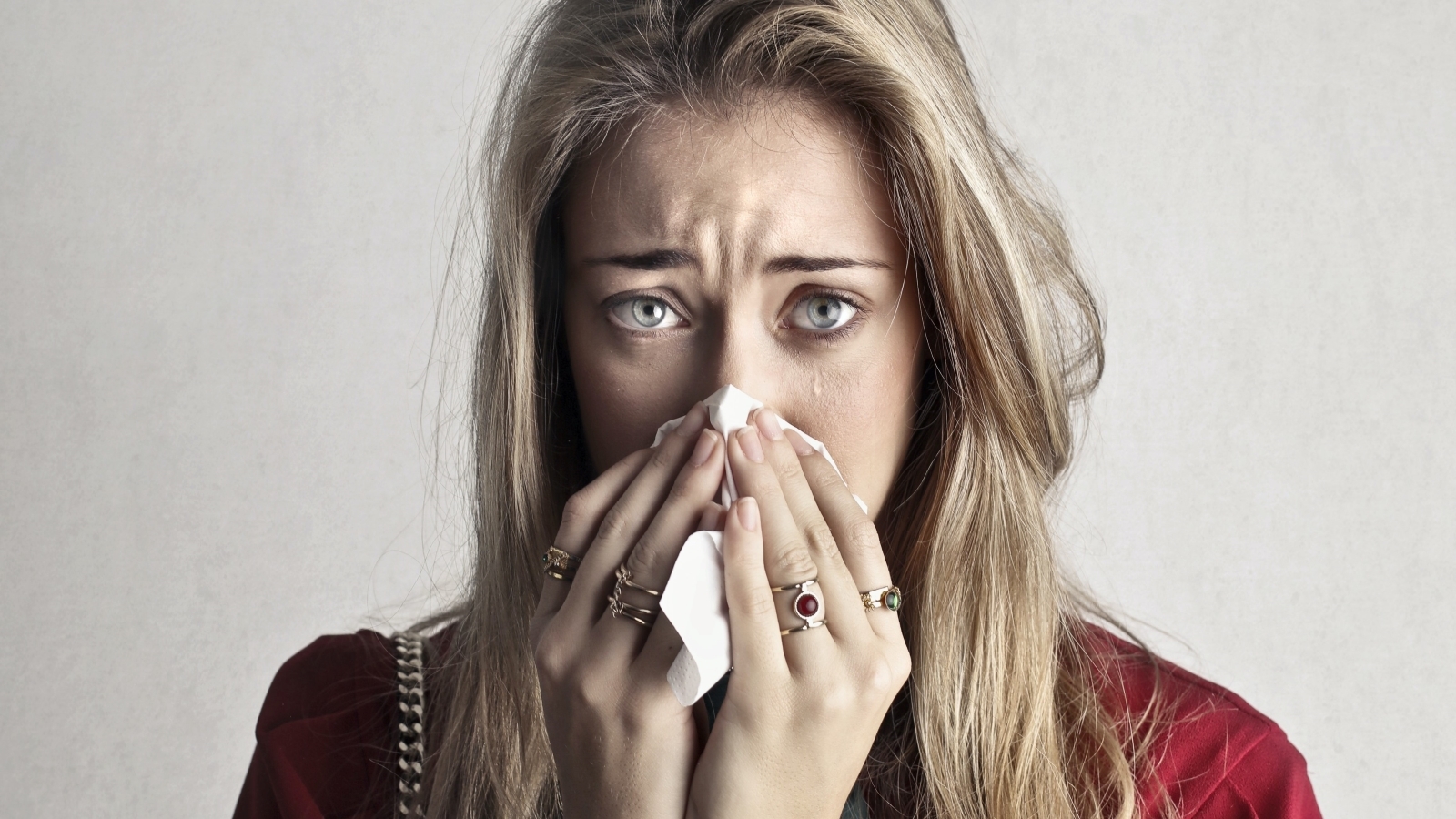Ragweed allergy sufferers feel the peak effects of their symptoms in mid-September. | Pexels/Andrea Piacquadio
Ragweed allergy sufferers feel the peak effects of their symptoms in mid-September. | Pexels/Andrea Piacquadio
- More than 23 million people in the U.S. suffer from allergic rhinitis, also known as hay fever.
- Ragweed allergy is a common cause of hay fever.
- Fortunately, there are several treatment options available for allergy sufferers.
Ragweed allergy sufferers often feel the peak effects of their symptoms in mid-September, and those symptoms can last until November. Ragweed plants grow in abundance across the country, and their pollen can be found in every state. Common allergy symptoms include a runny nose, watery eyes, sneezing, coughing, itchy eyes and noses, and hives. People who are allergic to ragweed and also have asthma could experience a flareup of asthma symptoms if they inhale the plant's pollen. Asthma-related hospitalizations spike in mid-September, thanks to ragweed pollen.
"I would say that the vast majority of patients have some component of allergies contributing to their sino-nasal issues," Dr. Brian Lee of Scottsdale Sinus and Allergy Center told NE Valley Times. "A lot of the times it's inflammation of the nose, and that inflammation could come from allergies, or it could come from chronic or recurrent infections. It's always part of our philosophy to make sure that we test our patients for allergies to make sure that we're not overlooking a contributing factor, to make sure not only do we get them better, but we keep them feeling better."
To minimize symptoms, allergy sufferers can take the following steps: Premedicate with a nasal spray or antihistamine, change clothing and take a shower after coming inside, wear a mask outdoors, keep windows and doors closed, and monitor ragweed pollen counts. People who are allergic to ragweed should also avoid certain foods that are botanically related to ragweed, including bananas, mangoes, artichokes, cucumbers, cantaloupes, watermelons, sunflower seeds and zucchini.
To diagnose allergies, doctors review the patient's symptoms and medical history, and they may recommend either a blood test or a skin test, according to WebMD. For a skin test, the doctor places a small amount of the allergen on the patient's skin, typically on the forearm or back. If the patient is allergic to that particular allergen, a small, itchy bump will appear.
Depending on the type and severity of your allergies, your doctor could recommend various treatment options, according to Mayo Clinic. Some treatments options are over-the-counter medications, nasal sprays, allergy shots, immunotherapy, or, for very severe allergies, carrying an emergency epinephrine shot, such as an EpiPen.
If you're suffering from allergies and are looking for some treatment options, take this Sinus Self-Assessment Quiz.





 Alerts Sign-up
Alerts Sign-up